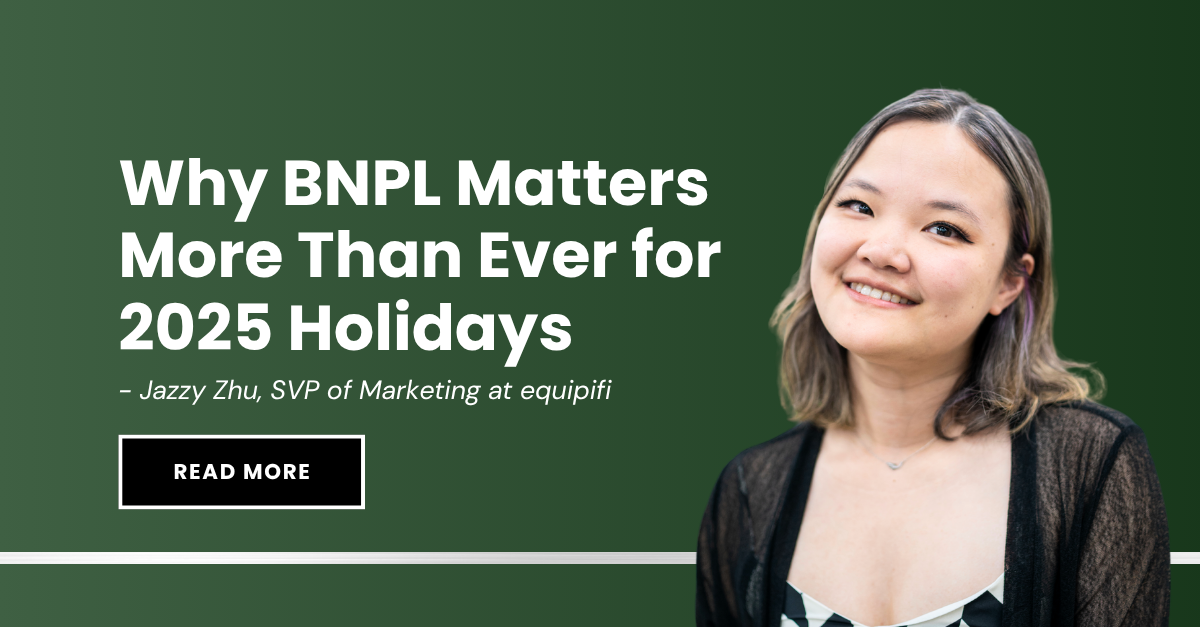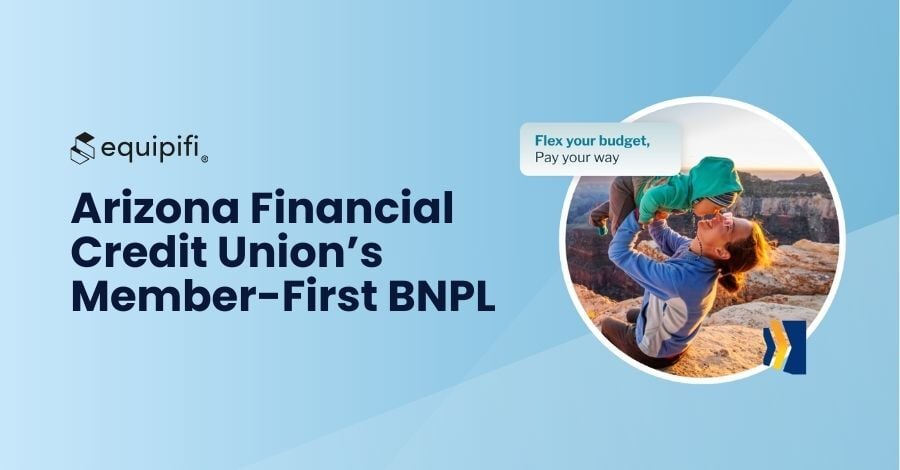Earlier this month during WWDC 2022, Apple announced that it was going to enter the BNPL market with the ability to split purchases made on Apple Pay into four installments. It’s no coincidence that PayPal announced expansion of its own BNPL capabilities while Apple Pay Later is still making headlines this week. Every player along the purchase-to-payment shopping journey is looking to take a little more of the pie.
The goal? To become the go-to payment option at the top of the wallet.
Meanwhile, few banks and credit unions are planning to implement BNPL within the next calendar year, and time is already running out. BNPL is increasingly preferred as a payment option, especially by younger consumers. Shopping remains the best moment for financial products to compete for top of wallet, and financial institutions are noticeably absent.
Apple Pay Later and market saturation of BNPL solutions
So let’s talk about Apple Pay Later. Apple has been hinting at entering the BNPL market for about a year now. Given how closely their BNPL solution is tied to Apple Pay, it is likely that Apple is responding to the shift in consumer preference toward BNPL while encouraging more consumers to use Apple Pay and the Apple Card. Remember, Apple earns interchange revenue on every purchase made with Apple Pay and Apple Card.
Apple, like many other tech companies, is vying for position at the top of the consumer's wallet. Yet another powerful player joining the BNPL market, competing with fintechs and retailers alike as the go-to-entity for purchase, payments, and financing. So, who are the traditional providers of these solutions that have yet to enter the game?
Financial institutions.
PayPal Pay Monthly and the expansion of capabilities
The competition is heating up. Apple Pay Later’s installment offer is nearly identical to PayPal’s Pay in 4. In response, PayPal expanded its service with “Pay Monthly” and now allows payment plans for purchases between $199 and $10,000, to be repaid over the course of six to 24 months.
However, PayPal didn’t just do this to differentiate its solutions from Apple Pay Later. PayPal is responding to consumer needs. Inflation and rising costs mean more consumers will need BNPL for their purchases. The nature of these purchases will also shift from shopping trips to bills and necessities. Allowing larger purchases over a longer period of time not only makes purchases more affordable, but payment more feasible as well.
So where is there room for financial institutions?
Let’s state the obvious just once: BNPL is a necessary part of every financial institution’s product suite. The longer you wait, the more consumers replace you with one of the many competitors in the BNPL market, and you risk falling from your top of wallet position. So, when financial institutions develop their own BNPL solutions, where are the unique advantages?
- Financial health and goals: Currently, BNPL offers are increasingly available and easy to take on, but they are being made by providers that have little understanding of the consumers’ financial health or goals. Financial institutions know the context and goals of their cardholders, and can provide BNPL with better alignment.
- Consolidation and visibility: Today the BNPL marketplace is fragmented. The onus is on the consumer to download all the apps to keep track of all the offers that they have taken on. Help your cardholders manage their BNPL offers by making everything available in their existing banking app.
- Trust and relationship building: Your cardholders have an established and trusted relationship with you. In fact, 70 percent of BNPL users responded that they would prefer the solution more if it came from their primary financial institution. That’s you!
Despite some initial friction, BNPL is here to stay, and Apple’s entry is just another validation. Solutions are becoming more sophisticated and anticipatory of consumer needs, and PayPal’s product expansion is an example of that. As competition heats up, providers who cannot give consumers a product that is easy to manage and beneficial for consumer financial health will be left behind.
So financial institutions, are you ready to get in the game yet? Let's talk.




SHARE